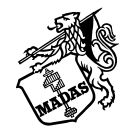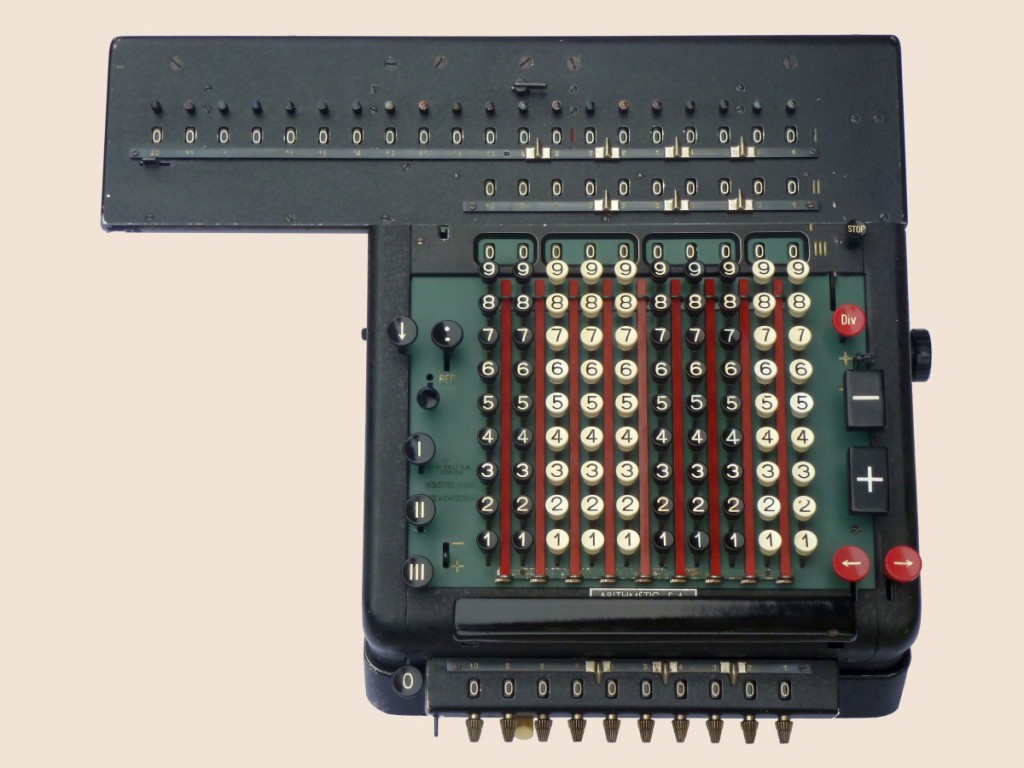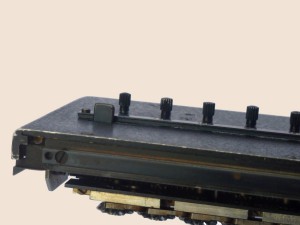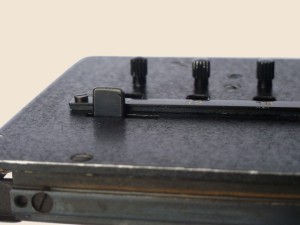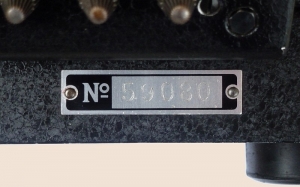The model 20AV belongs to the “A” series. This class of machines includes for example the 20AT, 20ATG, 20AZV. They were the very first “full automatic” Madas calculators. There are ten columns each of nine keys, numbered 1 in the bottom row to 9 in the top row. Thus, it is possible to set up any number of ten digits. Register I, the Product Register, displays the results of additions and subtractions and of multiplications performed by the machine. Its capacity is twice that of Register III, being twenty digits. Division with an automatic Madas is very simple. There is, just to the left of rows 6 and 7 of the keyboard, a key marked “:”. This is the Dividend Set-up key. The dividend is set to the left of the keyboard and this key pressed once. Immediately, the carriage is moved to the extreme right, and the dividend is transferred into Register I. The divisor is set on the keys just below the dividend. The Division-key, marked “Div” to the right of rows 7 and 8 of the keyboard is pressed. This starts the division, the quotient being recorded, digit by digit, in Register II.
A particular feature of this model is the split-lever for partial clearing of Register I. This lever is situated centrally on the carriage above Register I. When the lever is horizontal, normal clearing of of the entire 20 digits of the Product Register is operative. When, however, the lever is set in vertical position, dials 1 to 7 only may be cleared.
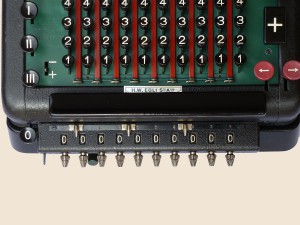
On the front of the body, there is the “Register V”, also called Control-Register. This is necessary because, in full-automatic multiplication, the first factor in product has to be stored while the second is set up. Its capacity is also 10 digits. Moreover, a product formed in “Register I” may be transferred to the “Control Register” by operating a “Transfer-key”. This is a key marked by an arrow downward.
The pictures here above show a special feature which exists only on the 20A, 20AV, 20AS and 20BS. Under the dials 19-20, a small lever can be moved from left to right. In that position, the quotient of a Division is formed simultaneously in Register II and in the left of Register I. So, numbers can be transferred from the “Product Register” (Register I) to the “multiplier Register” (Register V). Therefore, it is easier to use the result of a Division as a new multiplicand immediately readable in the Register V.
